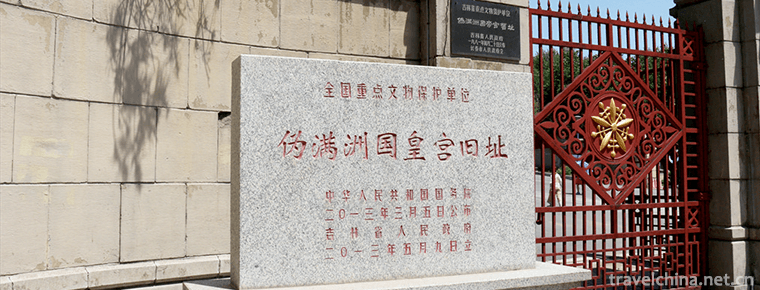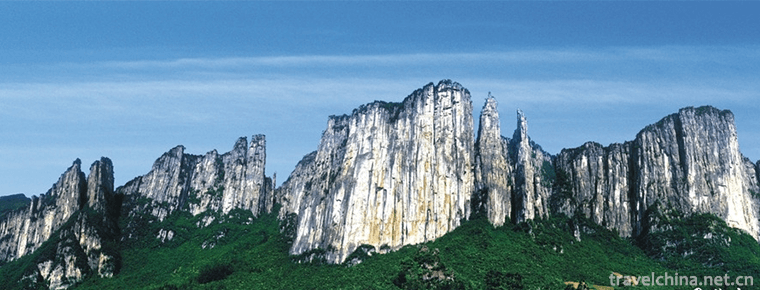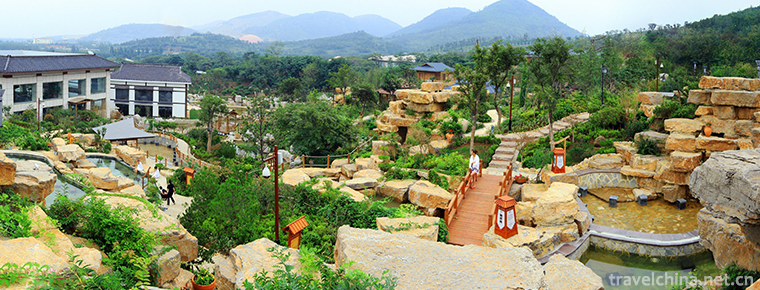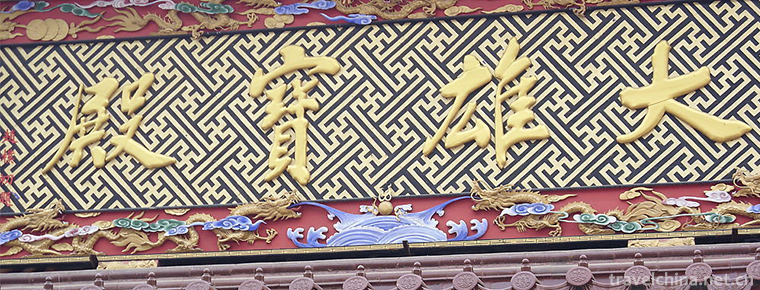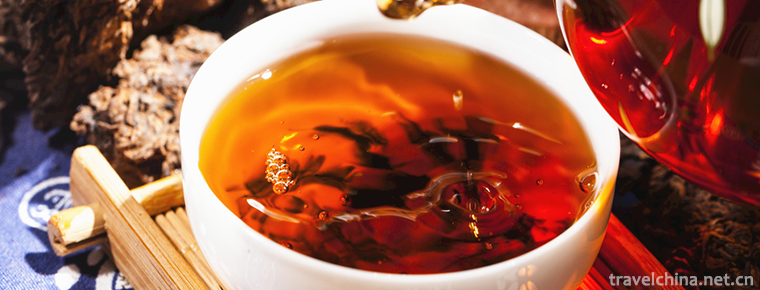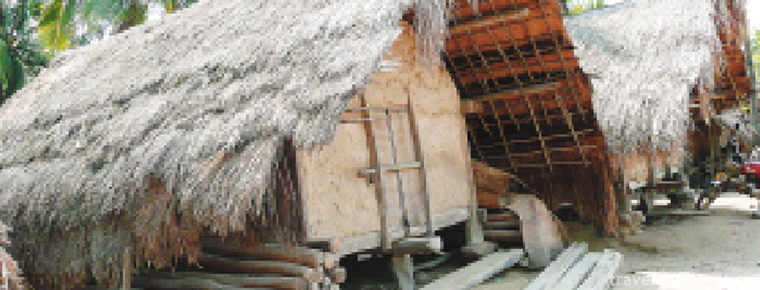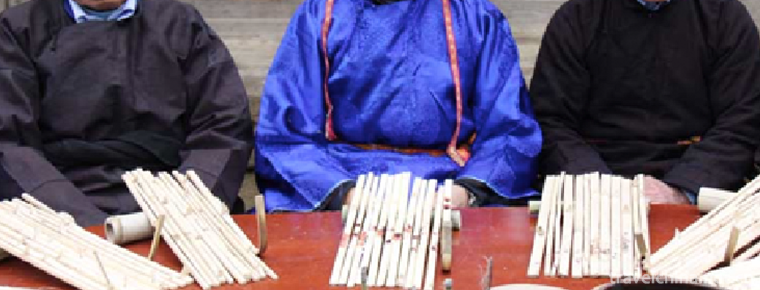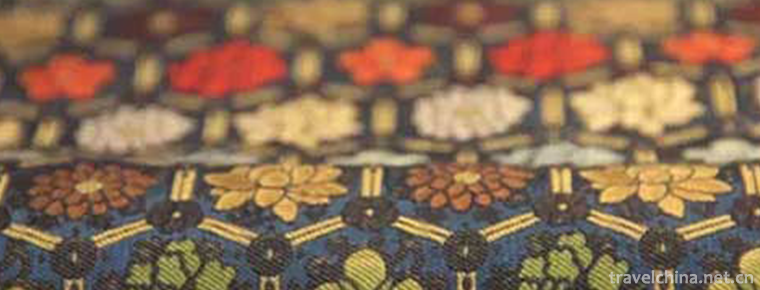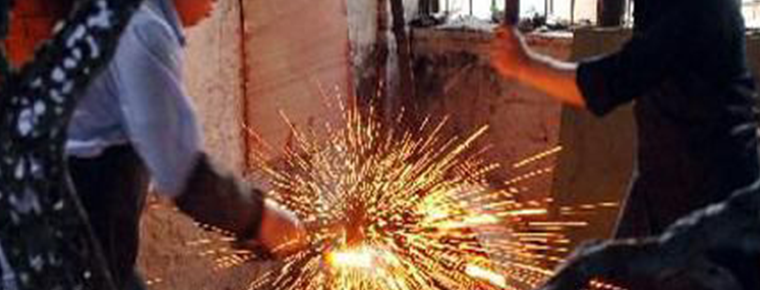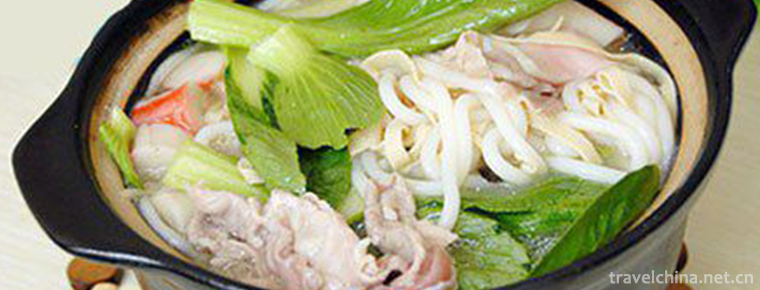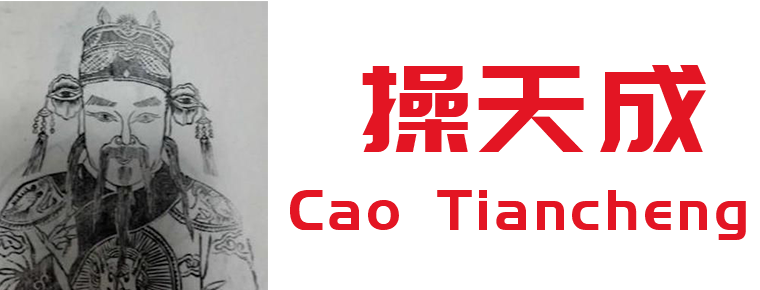Yongshun Tusi City Site
Yongshun Tusi City Site
Laosicheng Site in Yongshun, Hunan Province, is located in Laosicheng Village, Lingxi Town, more than 20 kilometers east of Yongshun County, Tujia and Miao Autonomous Prefecture, western Hunan Province. The original name of Fushicheng is the ancient capital ruled by the Tusi Dynasty for 800 years. It is also called Sicheng and Laosicheng. It was the political, economic, military and cultural center of Peng Chieftain of Yongshun from Shaoxing in the Southern Song Dynasty (1135) to Yongzheng in the Qing Dynasty (1724).
Laoshi City is divided into Nero City and Wailuo City, with eight streets and ten lanes crisscrossing, densely populated and prosperous shops. Historical books include "3000 households in the city, 800 households outside the city", "the huge town of five streams, the border city of ten thousand miles".
Laosicheng is the materialized carrier of the Chieftain System and a living specimen of the development of the regional ethnic autonomy system in ancient China. It was announced as the fifth batch of national key cultural relics protection units in 2001. In September 2010, Laosicheng Site was listed in the list of the first national archaeological sites parks in China. On July 04, 2015, the "Chinese Chieftain Heritage" jointly represented by Yongshun Laosicheng Site, Tangya Tusi City Site in Enshi, Hubei Province and Hailongtun Tusi Site in Zunyi, Guizhou Province was listed on the World Cultural Heritage List.
Historical evolution
In the fourth year of Liang Kaiping (910 A.D.) after the Five Dynasties, Ma Yin, king of Chu, accepted Peng's entry into Southern Chu, and let Peng's serve as the assassin of Xizhou. Peng's kindness in Xizhou united the hearts of the people. He was welcomed by the people of Xizhou and became the hereditary chieftain of Xizhou.
In the fifth year of Shaoxing in the Southern Song Dynasty (1135), Peng Fushichong (Peng Fushichong) served as Chieftain. He often felt that Chief Executive (Chieftain's Office) was bound by Chenzhou forces in Xiaxhou, so he moved Chief Executive to Fushi County in Lingxi and built a city here, that is, Laosheng.
In the Yuan Dynasty, the original Xizhou was divided into Yongshun Anfu, Geman Anfu (under the jurisdiction of South Weizhou), and Sizhou Anfu (under the jurisdiction of Maizhe, Huixi, Shi Rong, Jidong and La Yao Dong). Peng Chieftain of Yongshun actually has limited space.
In the Ming Dynasty, Yongshun Tusi rebuilt Laosheng. Most of the existing buildings at the site were built in the Ming Dynasty.
In the second year of Yongzheng (1724), Peng Zhaohuai, the Tusi of Yongshun, moved Shizhi to Kesha Township in the upper reaches of Lingxi River, which is called Xinsi City. In 1728, Peng Zhaohuai, the Tusi of Yongshun, voluntarily offered his soil and took his descendants away from Hunan and Xiangxi, and returned to Jiangxi to establish a family. The regime of the Tusi of Yongshun, which lasted for 818 years, came to an end. Since then, Laoshi City has gradually become cold and depressed.
From 1995 to 2012, Hunan Institute of Cultural Relics and Archaeology, together with the Cultural Relics Task Force of Xiangxi Autonomous Prefecture and the Cultural Relics Bureau of Yongshun County, conducted five times of archaeological investigation, exploration and excavation of Laosicheng and its surrounding sites.
In 2010, Yongshun County Government launched the project of "Laoshi City Conservation and Utilization Project", which is expected to be completed in 2015. It plans to build the Laoshi City site into a national archaeological site park and a cultural and ecological tourism destination.
Protection of cultural relics
In October 1983, the ancestral temple and the ancient tomb group of Tusi in Laosicheng were listed as the fifth batch of key cultural relics protection units in Hunan Province.
In June 2001, the site of Laosicheng was announced by the State Council as a national key cultural relic protection unit.
In October 2010, Laosicheng Site was listed on the list of the first national archaeological sites parks in China.
In January 2011, Laosicheng Site was selected by the Chinese Academy of Social Sciences as the "Six New Archaeological Discoveries of China in 2010".
In October 2010, the director of the State Administration of Cultural Relics, Shan Jixiang, visited Laosicheng. Mr. Zhang Zhongpei, former president of the Palace Museum and President of the Chinese Archaeological Society, visited Laosicheng four times.
On November 18, 2012, Laosicheng Site entered the Preparatory List of World Cultural Heritage declared by the State Administration of Cultural Relics.
On April 13, 2014, the main body protection, rescue and reinforcement project of Laosicheng Site was completed, the archaeological work needed for restoration and display was 95%, the security project was 70%, and the renovation of 23 residential houses on Left Street was completed.
On July 04, 2015, the "Chinese Chieftain Heritage" jointly represented by Yongshun Laosicheng Site, Tangya Tusi City Site in Enshi, Hubei Province and Hailongtun Tusi Site in Zunyi, Guizhou Province was listed on the World Cultural Heritage List.
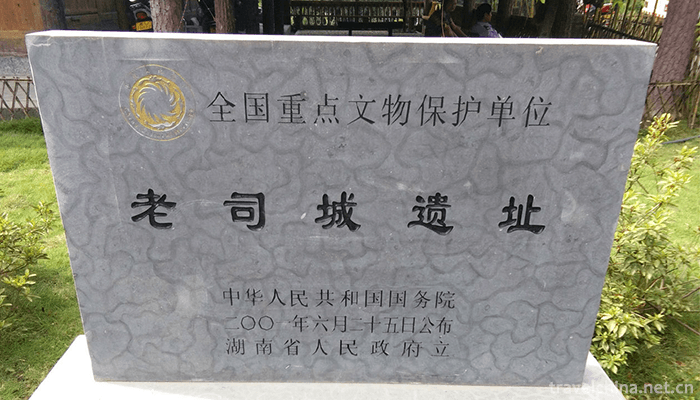

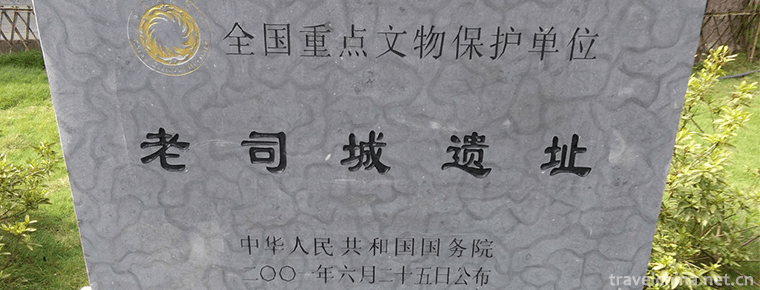
Yongshun Tusi City Site
-
The Museum of the Imperial Palace of Manchukuo
The Museum of the Imperial Palace of “Manchukuo†is located in Guangfubei Road, Kuancheng District, Changchun City. It is a Palace Ruins Museum built on the site of the Puppet Manchu Palac
Views: 249 Time 2018-12-05 -
Enshi Grand Canyon
Enshi Grand Canyon is located in Tunpu Township and Banqiao Township, Enshi City, Hubei Province. It is located at the junction of Hunan, Chongqing and Hubei provinces. It is the most beautiful sectio
Views: 185 Time 2018-12-12 -
Xiantan Mountain Hot Spring Town
Xiantan Mountain Hot Spring Town is located in Xiwangzhuang Town, Zaozhuang City, Shandong Province. It is on the west side of Zaoji S345 Highway, south of Taierzhuang Ancient City, and on the side of
Views: 216 Time 2018-12-22 -
Nanhai Chan Temple
Nanhai Chan Temple, a national AAAA scenic spot, is located in the southeast corner of Runan County, Zhumadian City, Henan Province, China
Views: 136 Time 2019-02-07 -
Production Techniques of Black Tea
Qimen Black Tea is the only black tea among the top ten famous teas in China. It is produced in Qimen County, Anhui Province. Tea production in Qimen has a long history, which can be
Views: 158 Time 2019-05-03 -
Construction Techniques of Li Nationalitys Ship type House
The carrier of the excellent architectural skills of the Li nationality will inevitably fade out of sight in the fierce collision between traditional civilization and modern civilization. Today only a
Views: 278 Time 2019-05-12 -
Miao Jia Li
Jiali, Miao is called "jaxlil". In the context of Miao language, "Jiali" is a synthesis of the semantics of "philosophy", "truth", "reason" and "
Views: 194 Time 2019-06-05 -
Song Brocade Weaving Skills
Song brocade weaving technology, traditional handicraft in Suzhou City, Jiangsu Province, is one of the national intangible cultural heritage.
Views: 105 Time 2019-06-16 -
Forging Skill of Iron Painting in Wuhu
Iron painting originated in the Song Dynasty and prevailed in the Northern Song Dynasty. During the reign of Kangxi in the Qing Dynasty, iron paintings in Wuhu, Anhui Province, became self-contained a
Views: 146 Time 2019-06-29 -
Yunnan Mengzi Crossing Bridge Rice noodles guo qiao mi xian
"Crossing bridge rice noodles" is a unique food in southern Yunnan. It originated in Mengzi City, Hani and Yi Autonomous Prefecture of Honghe. It has a history of more than 100 years. It wa
Views: 234 Time 2019-07-16 -
Cao Tiancheng
Cao Tian Cheng, Sui Dynasty people. According to the history of Sui Dynasty in the twenty four histories, Cao Tian is also known as "Tiancheng". Ask for advice Bo Yang, Jiangxi. At the end o
Views: 218 Time 2019-09-14
